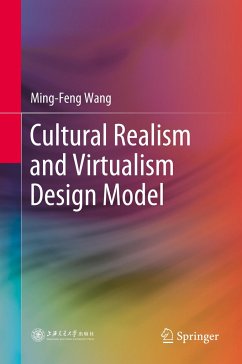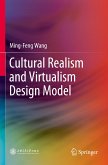The book proposes a new Cultural Realism and Virtualism design model for cultural and creative products based on Laozi's philosophy and analysis of symbolism, metaphysics, three-layered culture, reverse-triangular cultural space and Zen aesthetics. It studies peoples that speak Austronesian languages and offers a detailed comparison of their homogeneous and heterogeneous cultures of color, clothing, housing, boats, birds, symbols, dance and ancestry, and provides insights into the cultural features of deconstruction and construction of color, style, form, shape and function, to compose cultural and creative products using complex, variable, fuzzy evaluation; and structural variation and color evaluation methods. It then uses case studies to show that the products created with the new model not only fulfilled their purpose, but also successfully entered the markets. This book helps qualify decision-making processes, improve accuracy of design scheme evaluation and enhance efficiency inproduct development, and as such appeals to those in the cultural and creative industry, researchers, designers and those who are interested in product design.
Bitte wählen Sie Ihr Anliegen aus.
Rechnungen
Retourenschein anfordern
Bestellstatus
Storno








